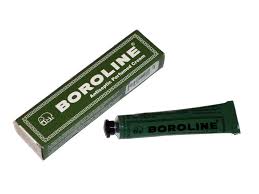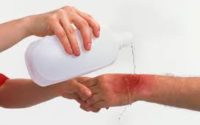Antiseptics and disinfectants: Know the differences
Antiseptics and disinfectants find a place in almost every household. While both are engaged in a war against bacteria, their area of use varies. Disinfectants are generally used on surfaces, floors and other non-living objects while antiseptics are applied on the skin of people or animals.
Antiseptics prevent the bacteria from growing further or reproducing. This is done either by attacking their cell membrane or cutting off their food supply. The common antiseptics used at homes and hospitals to treat cuts, scrapes and burns are spirits, alcohol, boric acid, hydrogen peroxide, iodine, carbolic acid and other phenol compounds, chlorohexadine, sodium chloride, sodium hypochlorite and calcium hypochlorite.
They are also used to clean the skin before intentional cuts made during surgical operations. Some kinds kill bacteria outright and are described as bactericidal. Other antiseptics, described as bacteriostatic, stop bacteria from growing or dividing, but do not kill them.
Certain antiseptics like hydrogen peroxide form foam on application over the affected part of the skin. This is because blood and cells contain an enzyme called catalase. Since a cut or scrape contains both blood and damaged cells, there is lots of catalase floating around. When the catalase comes in contact with hydrogen peroxide, it turns the hydrogen peroxide (H2O2) into water (H2O) and oxygen gas (O2). The bubbles that we see on application of hydrogen peroxide are actually oxygen. It does not foam in the bottle or on unaffected skin as there is no catalase to help the reaction to occur.
Why is The Mahabharata in news?
What is CERN (the European Organization for Nuclear Research)?









